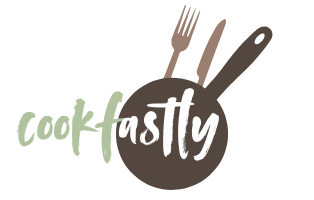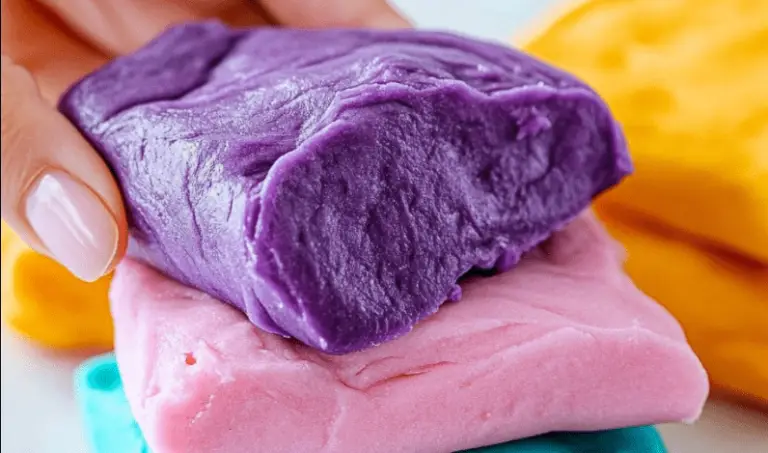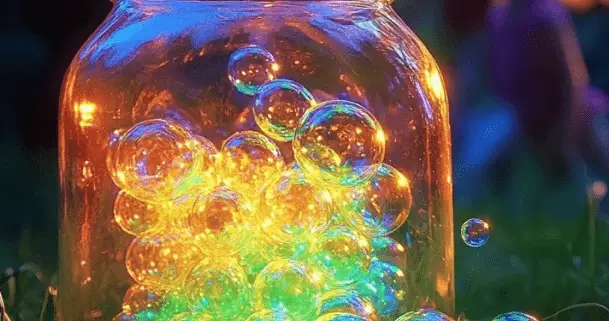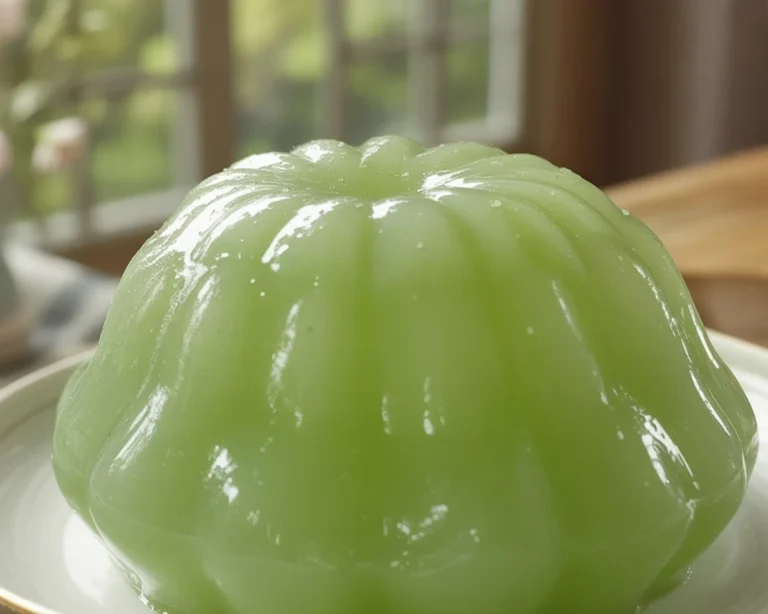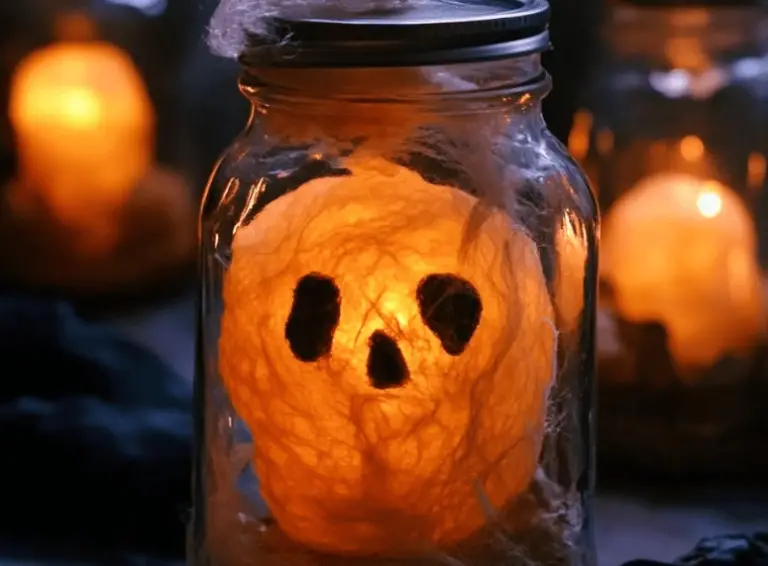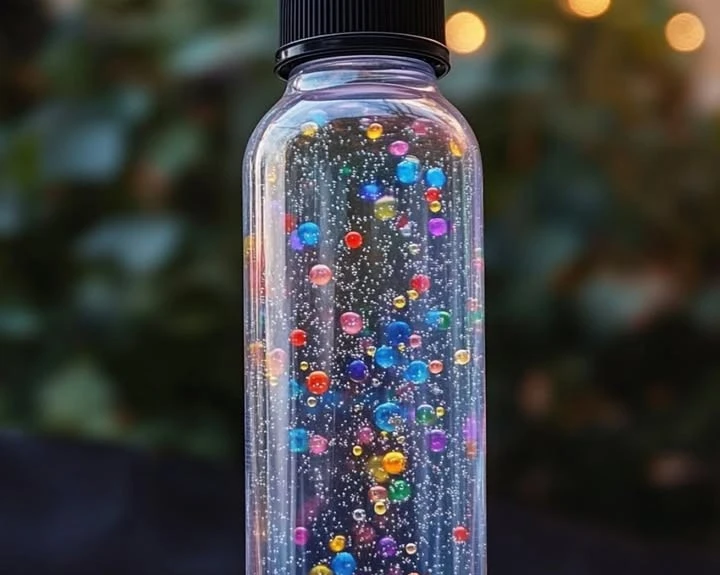Elephant Toothpaste Experiment: A Fun and Foamy Science Craft for Kids
The Elephant Toothpaste Experiment is a show-stopping science activity that combines chemistry, visual excitement, and hands-on learning in one foamy blast. With just a few household ingredients, you can create a colorful eruption of bubbles that simulates toothpaste large enough for an elephant—hence the name. Whether you’re teaching about chemical reactions or simply looking for an entertaining craft to amaze kids, this DIY experiment is a fantastic way to bring science to life.
What makes this project extra appealing is its versatility. You can do it as a basic experiment or go a step further with seasonal variations, like the exploding pumpkin or spooky bubbling cauldron. It’s perfect for science fairs, Halloween parties, classroom demos, or weekend fun with the family.
Table of Contents
Ingredients
To conduct the Elephant Toothpaste Experiment, you’ll need the following materials:
- 3/4 cup hydrogen peroxide
- 1/4 cup dish soap
- 1 tablespoon food coloring
- 2 1/4 teaspoons dry yeast
- 1/4 cup warm water
- Small pumpkin (optional)
- Green food coloring (optional)
- Plastic spiders (optional)
These ingredients are readily available and affordable, making the experiment accessible for most homes or classrooms. Using a pumpkin or cauldron adds a fun seasonal twist without altering the core chemical reaction.
Instructions
Basic Elephant Toothpaste Experiment
- Prepare the base by pouring 3/4 cup of hydrogen peroxide into your chosen container. Use a tall, narrow container like a plastic soda bottle or a beaker for a more dramatic foam eruption.
- Add 1/4 cup of dish soap to the hydrogen peroxide. This will help trap the oxygen released during the reaction, creating thick, frothy foam.
- Add food coloring for visual appeal. One tablespoon of your favorite color will do, but feel free to mix colors for a rainbow effect. Stir everything together gently.
- In a separate container, combine 2 1/4 teaspoons of dry yeast with 1/4 cup of warm water. Stir until the yeast is mostly dissolved and forms a bubbly liquid.
- Pour the yeast mixture into the container with the hydrogen peroxide mixture and step back quickly. Watch as foam erupts in a tall, colorful column and spills over the edges.
Exploding Pumpkin Variation
- Carve a small pumpkin and scoop out the insides. Carve a fun or spooky face if desired.
- Place a narrow container (like a cup or small bottle) inside the pumpkin.
- Follow steps 1–3 of the basic experiment and pour the hydrogen peroxide mixture into the container inside the pumpkin.
- Pour in the yeast solution and quickly replace the pumpkin lid. Foam will shoot out of the pumpkin’s mouth and eyes, creating a dramatic effect.
Oozing Cauldron Variation
- Use a plastic black cauldron for your container.
- Substitute green food coloring for a witchy twist.
- Add a few plastic spiders or eyeball candies on top before adding the yeast for an extra spooky touch.
- Proceed as usual, pouring in the yeast and watching the eerie green foam ooze over the sides.
Each variation uses the same core chemical reaction and provides a memorable, hands-on way to explore science concepts in a playful setting.
Benefits of This Craft
The Elephant Toothpaste Experiment offers a wide range of educational and developmental benefits for children:
- Teaches chemical reactions by demonstrating how hydrogen peroxide breaks down into water and oxygen when activated by yeast.
- Encourages observation and inquiry as kids ask questions and make predictions before the reaction.
- Promotes safe science play using common household materials.
- Inspires creativity through the use of color, seasonal themes, and custom containers.
- Boosts interest in STEM learning by making science interactive and fun.
This experiment is a fantastic way to make abstract scientific principles feel real and tangible, helping kids retain what they learn.
Tips
To make your experiment run smoothly and achieve the most impressive results, consider the following tips:
- Use fresh hydrogen peroxide with a concentration of at least 3%. The fresher it is, the more dramatic the reaction.
- Don’t use metal containers, as they may react with the hydrogen peroxide. Stick to plastic or glass.
- Place the container on a tray or baking sheet to catch the overflowing foam and make cleanup easier.
- Wear gloves and safety goggles if using stronger hydrogen peroxide solutions. Always supervise young children.
- Warm the yeast solution slightly before adding to activate the reaction more quickly.
Repeat the experiment with different colors or container shapes to explore how those changes affect the results.
What Does It Taste and Look Like?
This experiment is not edible and should never be tasted. However, it creates a beautiful and satisfying visual display. The foam appears thick and billowy, with a texture similar to shaving cream or whipped soap. When the food coloring is mixed well, it results in vivid, swirling colors that cascade down the sides of the container.
In the exploding pumpkin version, the foam bursts from the carved eyes and mouth, making it look like a science-themed jack-o’-lantern. The cauldron version delivers eerie green froth that bubbles and flows like a potion in a witch’s brew.
The scent is usually a mild combination of dish soap and yeast, which isn’t unpleasant and dissipates quickly.
How to Store
The Elephant Toothpaste Experiment is designed to be a one-time, visual demonstration and does not require storage. However, here are a few tips for post-experiment cleanup and safety:
- Dispose of the foam down the drain with warm water. It is mostly soap and water, making it safe for most plumbing systems.
- Wipe the surrounding surfaces with a damp cloth to remove any residual foam or food coloring.
- Clean containers and tools immediately to prevent staining or residue buildup.
- Do not store leftover mixtures, especially hydrogen peroxide and yeast, in sealed containers after combining.
If you’d like to remember the experiment, take photos or videos to document the reaction for science journals or class projects.
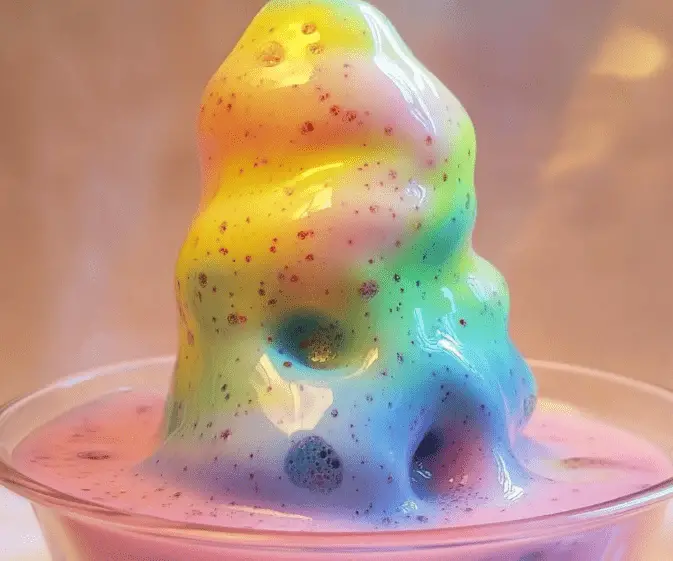
The Elephant Toothpaste Experiment is a fun, fast-paced, and visually stunning way to bring science into the lives of children. With only a few everyday ingredients, you can create an exciting chemical reaction that captures attention and encourages hands-on learning. Whether performed in its basic form or with creative seasonal variations, this experiment is sure to be a favorite among kids, parents, and educators.
It’s ideal for classroom science units, STEM enrichment, homeschool activities, birthday parties, or Halloween celebrations. Best of all, it helps children see science not just as a subject, but as an experience.
For more playful experiments and hands-on science crafts, visit More DIY craft ideas and discover a world of creativity for curious minds.
FAQ
What is the science behind the reaction?
When yeast is added to hydrogen peroxide, it breaks the peroxide into water and oxygen. The dish soap traps the oxygen in bubbles, creating foam.
Can I use stronger hydrogen peroxide?
Yes, 6% or even 12% solutions create a more dramatic effect, but they require gloves and safety goggles. Always use adult supervision and caution.
Is this safe for younger kids?
Yes, with supervision. Stick to the 3% hydrogen peroxide typically found in pharmacies and avoid ingestion or eye contact.
Can I color the foam after it forms?
It’s better to add coloring before the reaction. Adding it afterward won’t distribute the color as evenly through the foam.
Can I reuse the foam?
No. The foam is for display and fun only. Once the reaction is complete, it should be discarded.
